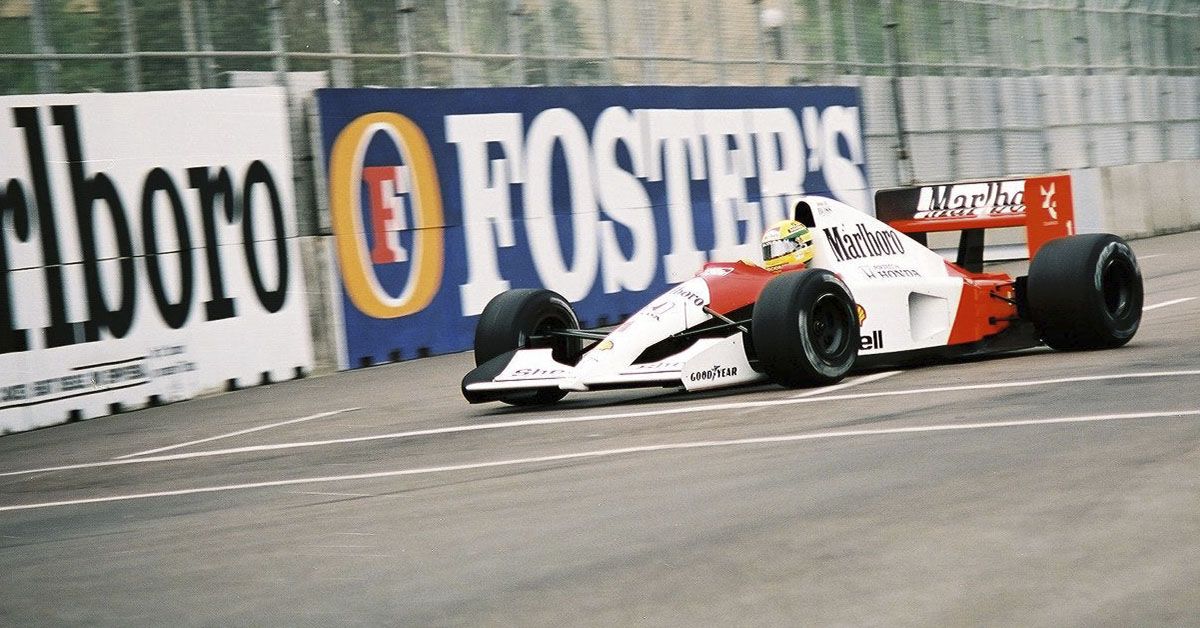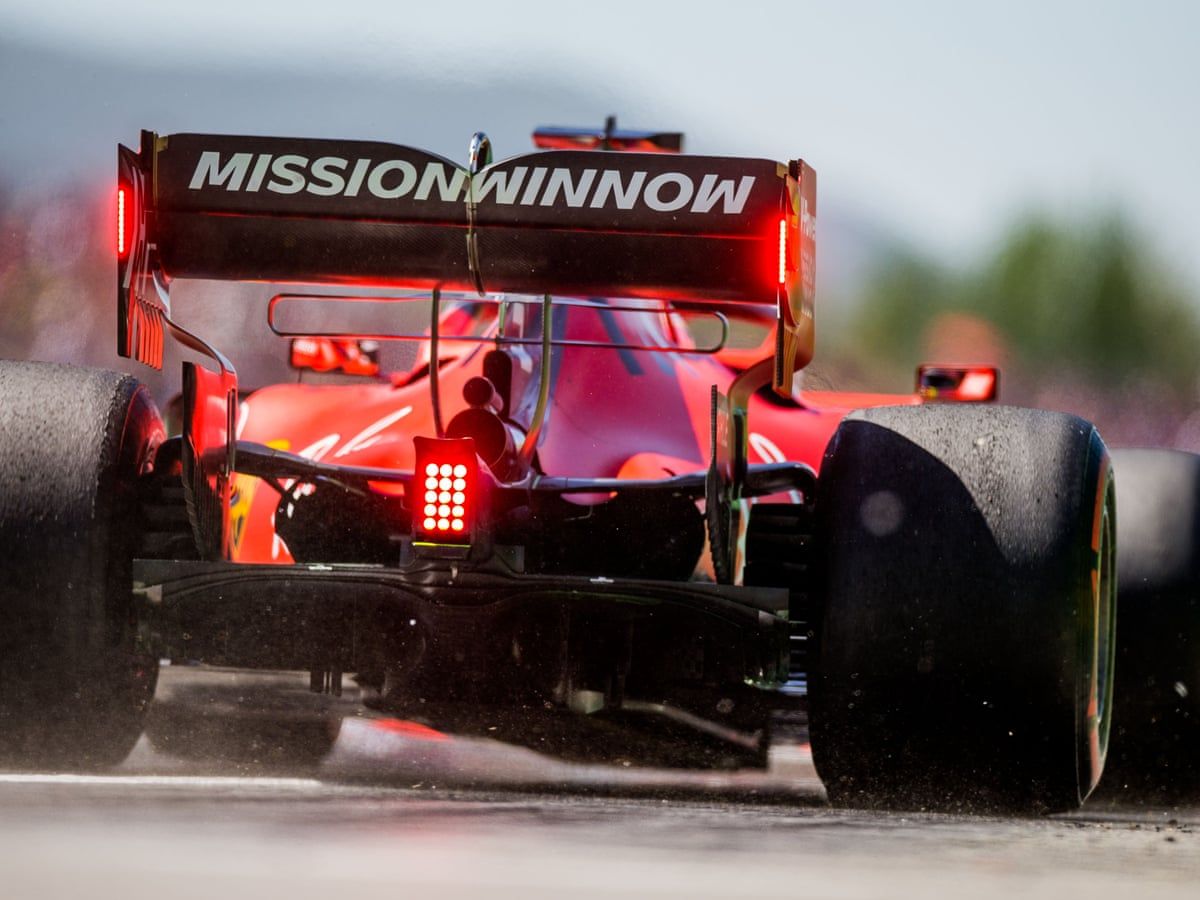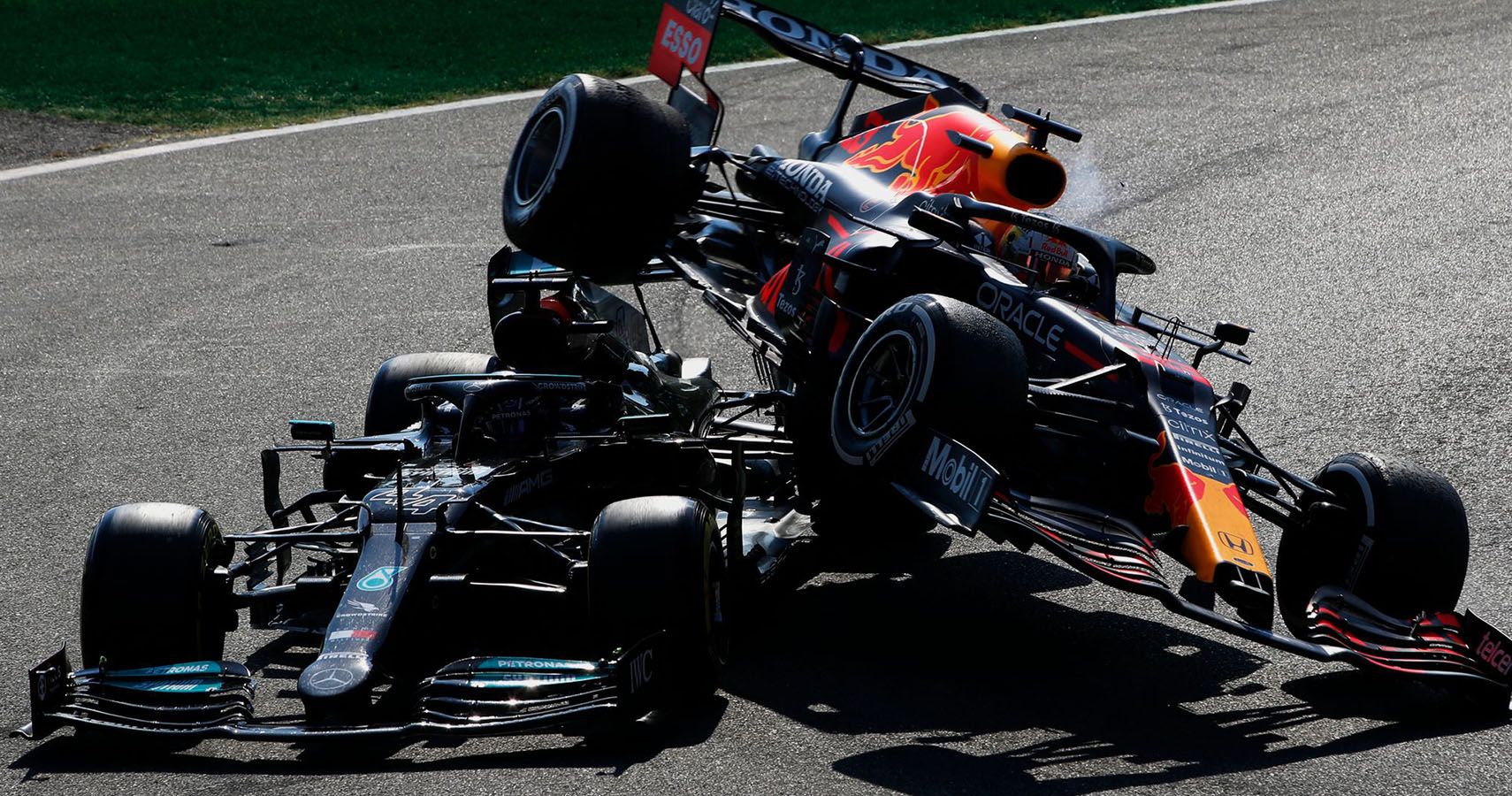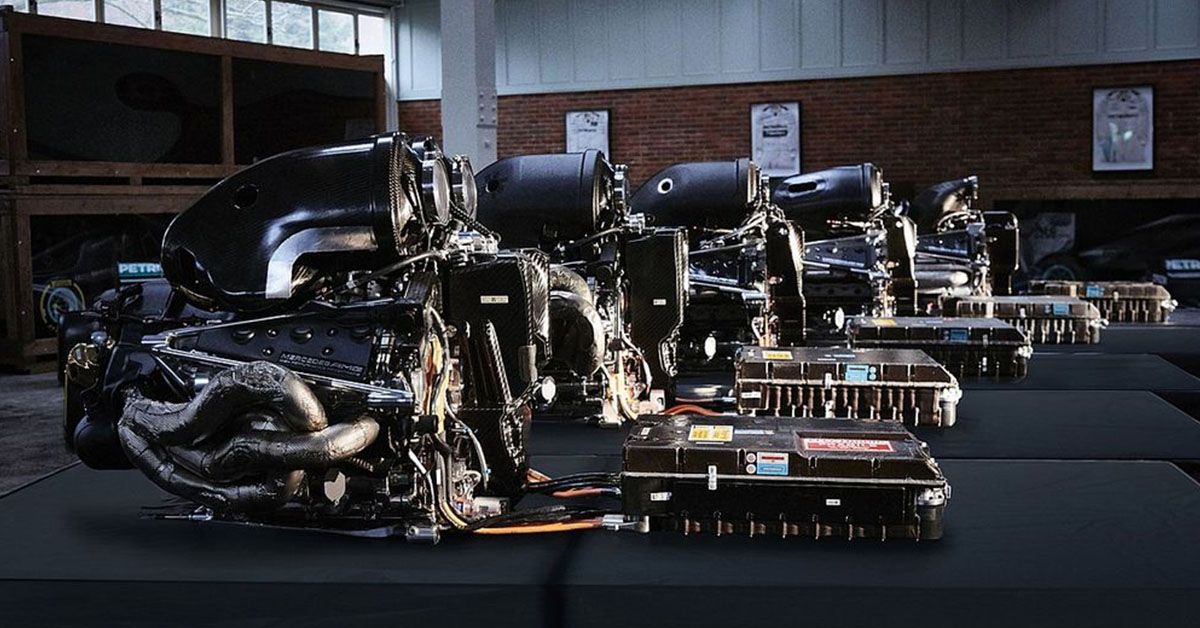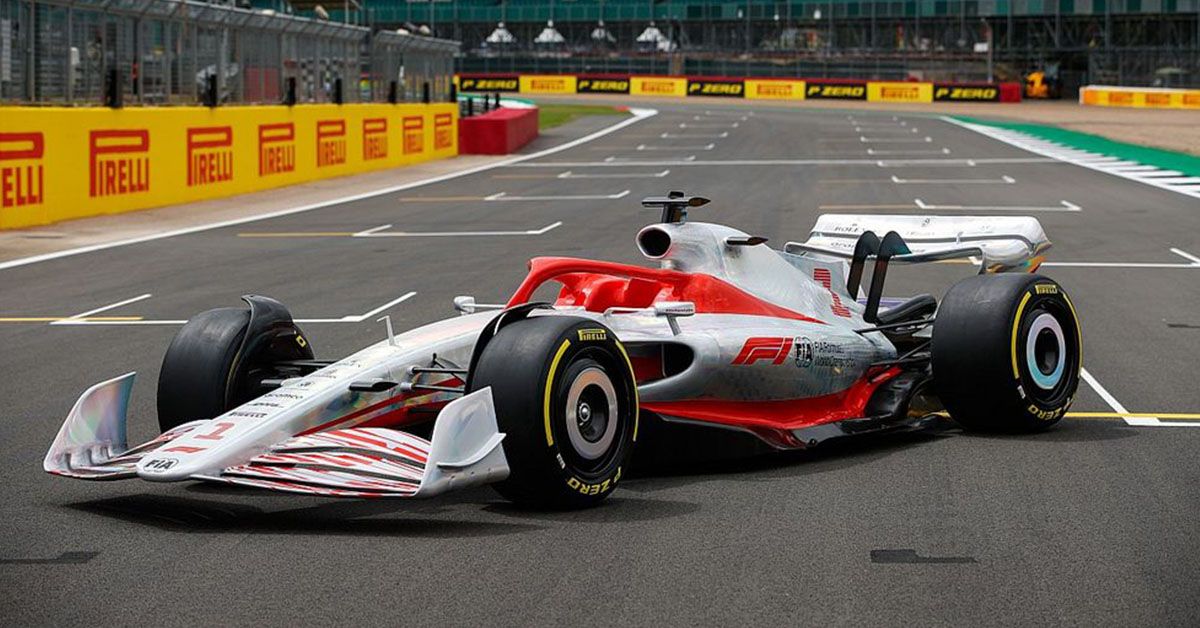During the splendor of Formula One, cars were mechanical "beasts." Without electronics or driver aids (power steering, traction control), drivers could only steer with one hand and shift with the other.
If you haven't seen footage of an old school F1 driver inside his cockpit, fighting his car to keep it on the track, do yourself a favor and watch it today. Meanwhile, you can picture it as a rodeo cowboy riding a bucking bull, fighting to stay mounted while the beast is trying to buck him off.
Formula 1 used to be less about the business side of the sport and more about pure racing. It was emotionally and physically demanding for the drivers (watch Senna win the 1991 Brazil Grand Prix), also extremely dangerous and often deadly for both drivers and spectators. But most of that is in the past.
Now, all the regulations that continue to increase every year, along with technological advances in safety both for cars and racetracks, have made Formula One evolve. As a result, F1 has become a sport more on par with today's society; safer, more socially responsible, and more "politically correct."
Formula One Back In The Day
Back in the day, Formula One involved fierce, brutal neck and neck racing that typically ended up in cars crashing and bursting into flames with fatal consequences. It had the "glamour" of the grid girls and the drivers with their long hair and epic sideburns smoking on the paddock. It was customary to see tobacco, alcohol, and condom sponsorships on F1 cars sparked censorship on the tv broadcast of Formula One in England in the 1970s.
However, all this was before political correctness was a thing. Still, thirty or forty years ago, many of the traits that shaped Formula 1 are now unthinkable.
Modern Formula One
In 2018 Formula One announced that grid girls will be banned on the paddock for that year's season, a decision that raised much controversy among fans. "Although the practice of employing grid girls has been essential in F1 GPs for decades, we feel that this practice does not square with our brand values and does not accord with the norms of modern society.
We do not believe this practice is appropriate or relevant to F1 and its fans, old and new, around the world," announced Sam Bratches, F1's managing director of commercial operations, communicating a new measure among the many that Liberty Media has made to change the 'Great Circus' and adapt Formula 1 to today's society.
Speaking specifically of F1 drivers, they are true athletes nowadays, and in many cases, they live up to that image. Therefore, it's unthinkable now to see drivers smoking on the grid or having habits contradicting their athlete status.
Also, drivers currently use the power of their image and social media to send messages about social issues, such as protesting racism or supporting LGBT rights.
Sponsorships In Formula One
Formula One has been closely linked with tobacco sponsorships since the 1960s. However, much of the revenue from this sponsorship dissipated with widespread tobacco advertising bans introduced in most countries since the mid-2000s. And even though you don't see actual cigarette brands sponsoring Grand Prix or F1 cars, tobacco continues to be linked one way or another to this sport.
For instance, a report, co-authored by anti-tobacco NGO STOP and F1 financial reporters Formula Money, explains that tobacco companies Philip Morris International (PMI) and British American Tobacco (BAT) have used advertising with Ferrari and McLaren respectively to "undermine national tobacco advertising bans."
"Both PMI and BAT use their F1 links in corporate PR and social media; between them, they use car launches, team successes, F1 e-sports, and more to attract the attention of F1 fans. Moreover, research suggests that even the tobacco brands that left the sport benefitted from a long-term recall of their association with F1," the report explained.
The Controversy Is Not Gone
Although drivers and audiences have stated that modern F1 races are not as exciting as they used to be, we can still consider Formula 1 a thrilling motorsport, despite the fiercest critics claiming that today's Formula 1 is the most boring version of the sport ever.
Anyone over 40 years that loves Formula One enjoyed the era of Prost and Senna but got tired of Schumacher's monopoly. And for some, that the same thing is happening now but with different names.
Nowadays, we have the seven-time world champion, Lewis Hamilton versus what many fans claim is the hottest driver in F1 today, the Dutchman Max Verstappen.
And although for some the rivalry between Max and Lewis is perhaps a bit more polite and therefore less spicy and attractive than that of the Brazilian and the French, the 2021 F1 season is proving that this category is recovering the excitement that made it famous in the 1980s and 1990s. For example, it has been many years since the F1 drivers' world championship title was decided in the last race on the calendar, as it will be in Abu Dhabi this season. Not to mention what happened in the Saudi Arabian Grand Prix this season.
A Decaffeinated Motorsport?
In 2011 the FIA announced they would replace the F1 cars' 2.4-liter V8 engines with a 1.6 liter V6 turbo configuration for the 2014 season. The new formula reintroduced turbocharged F1 cars, which last appeared in 1988.
However, unlike their predecessors from the '80s, many feared that these new V6 turbo power units would take a significant element away from Formula 1; loud engine noises. Perhaps the main reason so many of us got hooked on the sport.
And they were right. The current engines are quiet compared to the screaming V10s and V8s from back in the day. The monstrous, deafening roar we loved so much was replaced with a flat, less impressive tone. As Lewis Hamilton once said, "Formula 1's current engines sound terrible and make the spectacle sad".
What Does The Future Hold For F1?
No one can predict the future of Formula 1, but one thing is sure; It's hard to imagine that it could be as thrilling as it once was, even compared to recent years. Not long ago, in 2007, the cars of the Toro Rosso F1 team had Cosworth V10 engines.
Still, F1 continues to be the pinnacle of motorsport. It's the ultimate in racing and engineering. Moreover, many of the changes this sport has undergone over the last thirty years have made it better. Either because of political correctness, or because F1 was “saved” by reality TV (Netflix's Drive To Survive), or simply because this sport has genuinely evolved for the better, F1 is more sustainable, inclusive, and popular than ever.

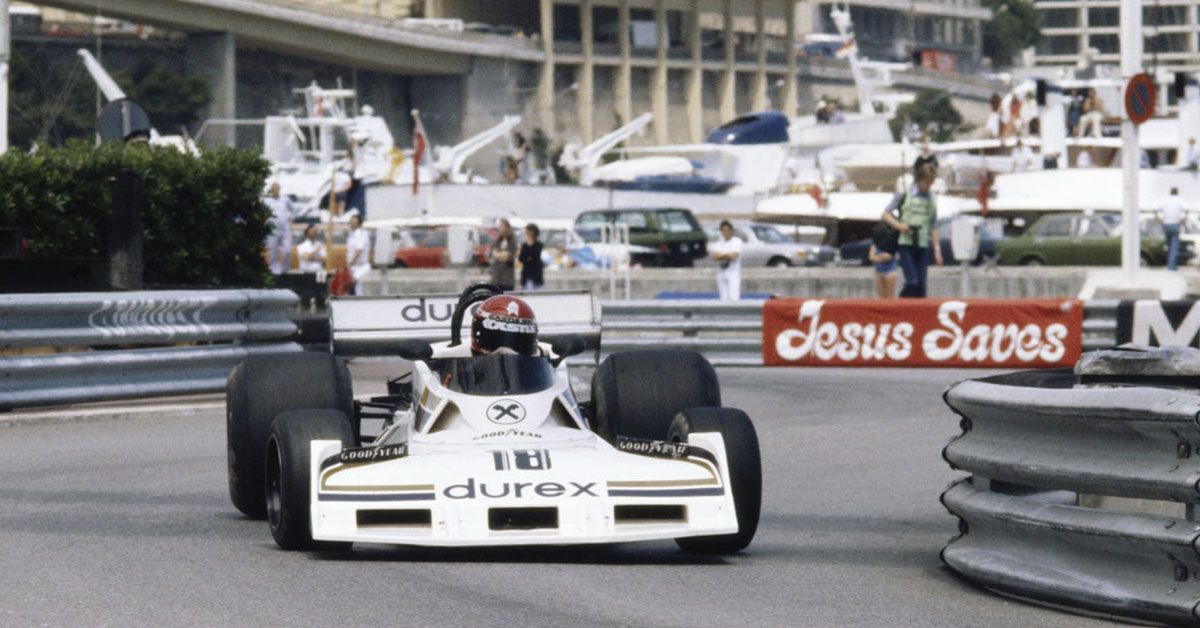
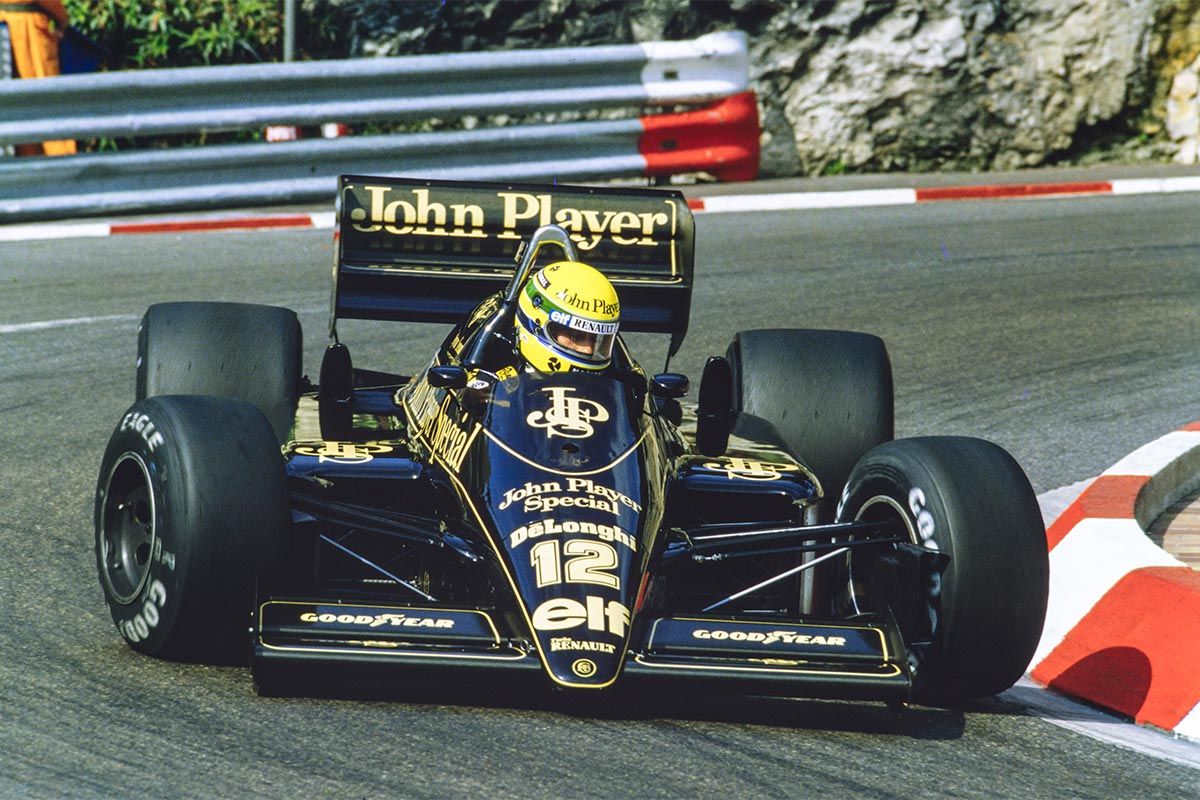
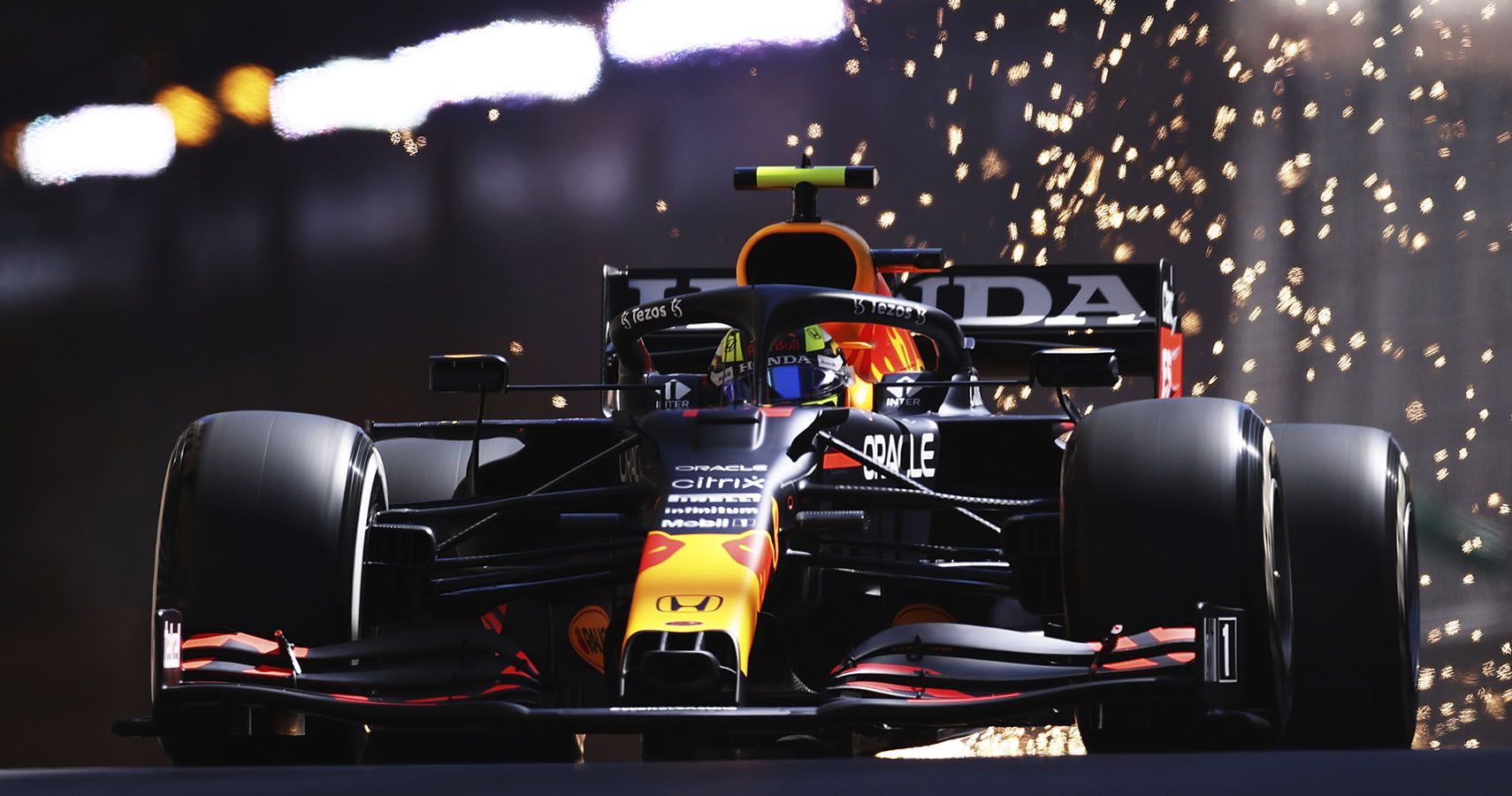
.jpg)
